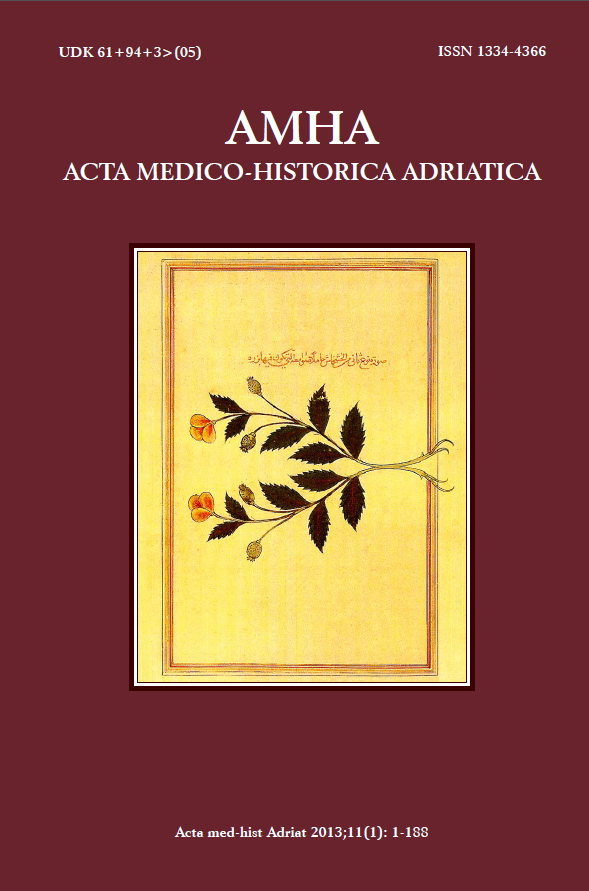THE USE OF PALEO-IMAGING AND MICROBIOLOGICAL TESTING IN THE ANALYSIS OF ANTIQUE CULTURAL MATERIAL: MULTISLICE COMPUTER TOMOGRAPHY, MAMMOGRAPHY, AND MICROBIAL ANALYSIS OF THE TROGIR CATHEDRAL COPE HOOD DEPICTING ST. MARTIN AND A BEGGAR
Keywords:
paleoradiology, liturgical vestment, archaeology, Trogir, CroatiaAbstract
Paleoradiology is the study of biological and other materials from archeological settings through the use of various medical imaging techniques. Although it is most often used in the scientific study of ancient human remains, it can also be used to study metals, ceramics, paper, and clothes.
The aim of this study was to test two paleoimaging techniques (MSCT and mammography) in the analysis of an important Croatian liturgical vestment: the hood of a bishop’s cope from St. Lawrence’s Treasury in Trogir depicting St. Martin and a beggar. To ensure a safe environment for scientists participating in the analysis, a preliminary microbiological analysis was performed, which contributed to the database of microbiological flora found on Croatian archeological remains and relics studied to date. Due to a great amount of metal filaments, the paleoradiological analysis did not produce satisfactory results. However, a digitally enhanced image clearly showed fine metal embroidery of the hood that was not so easily perceived by naked eye. This article argues in favor of expanding paleoradiological studies on materials other than human remains and also of publishing unsatisfactory results, as important lessons for future development of techniques and methods to analyze ancient remains and seek answers about human historical and cultural heritage.


